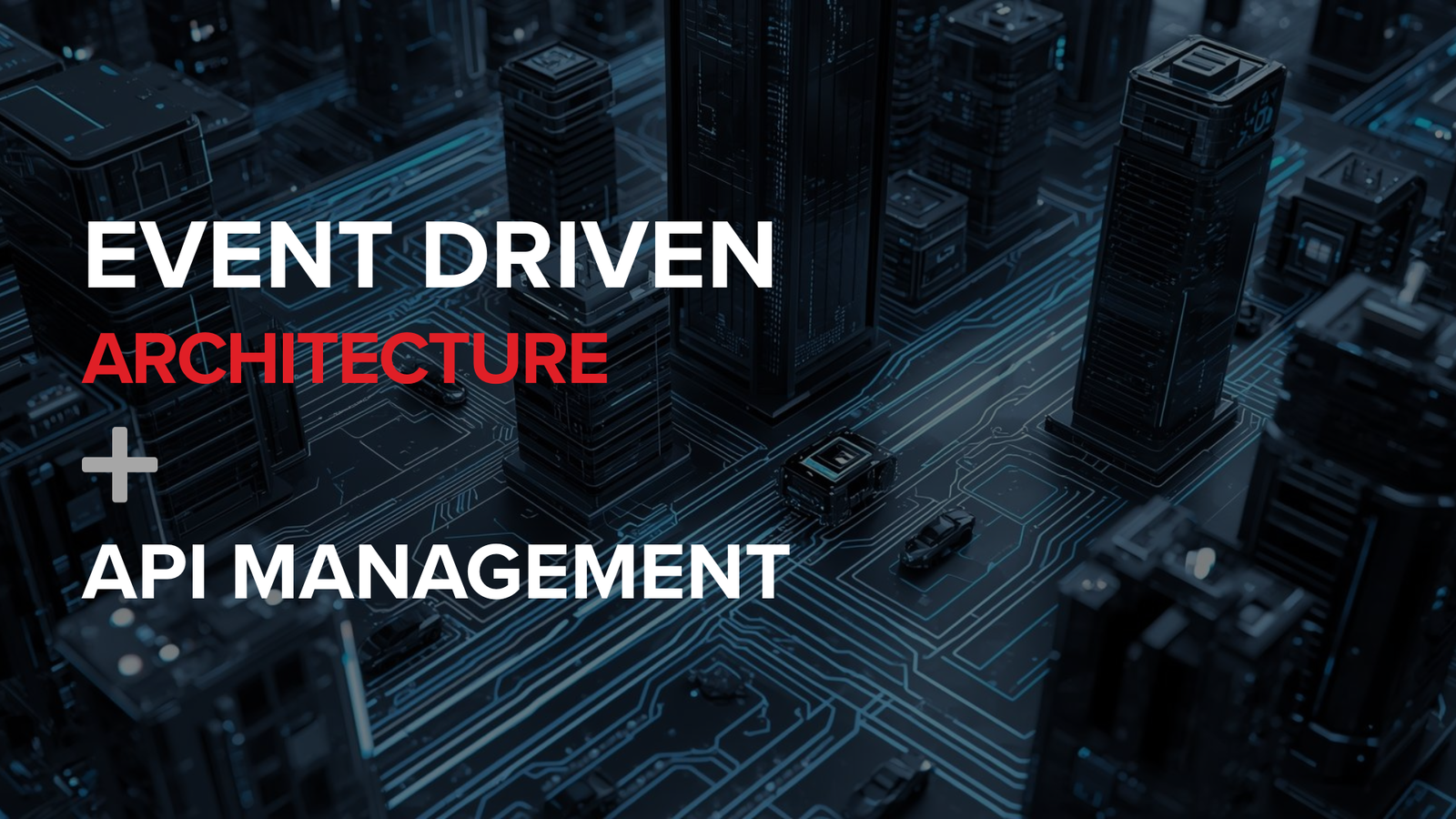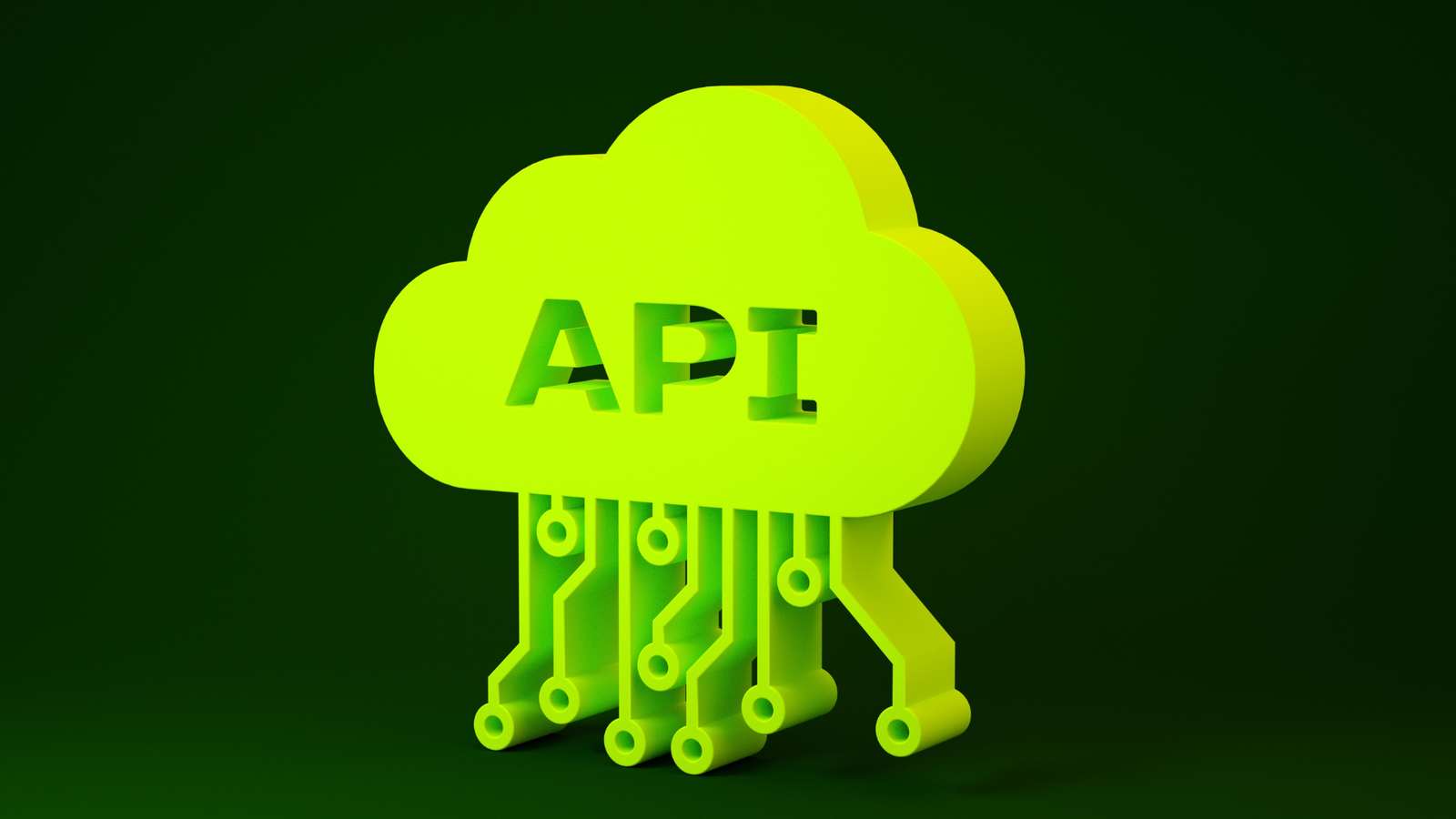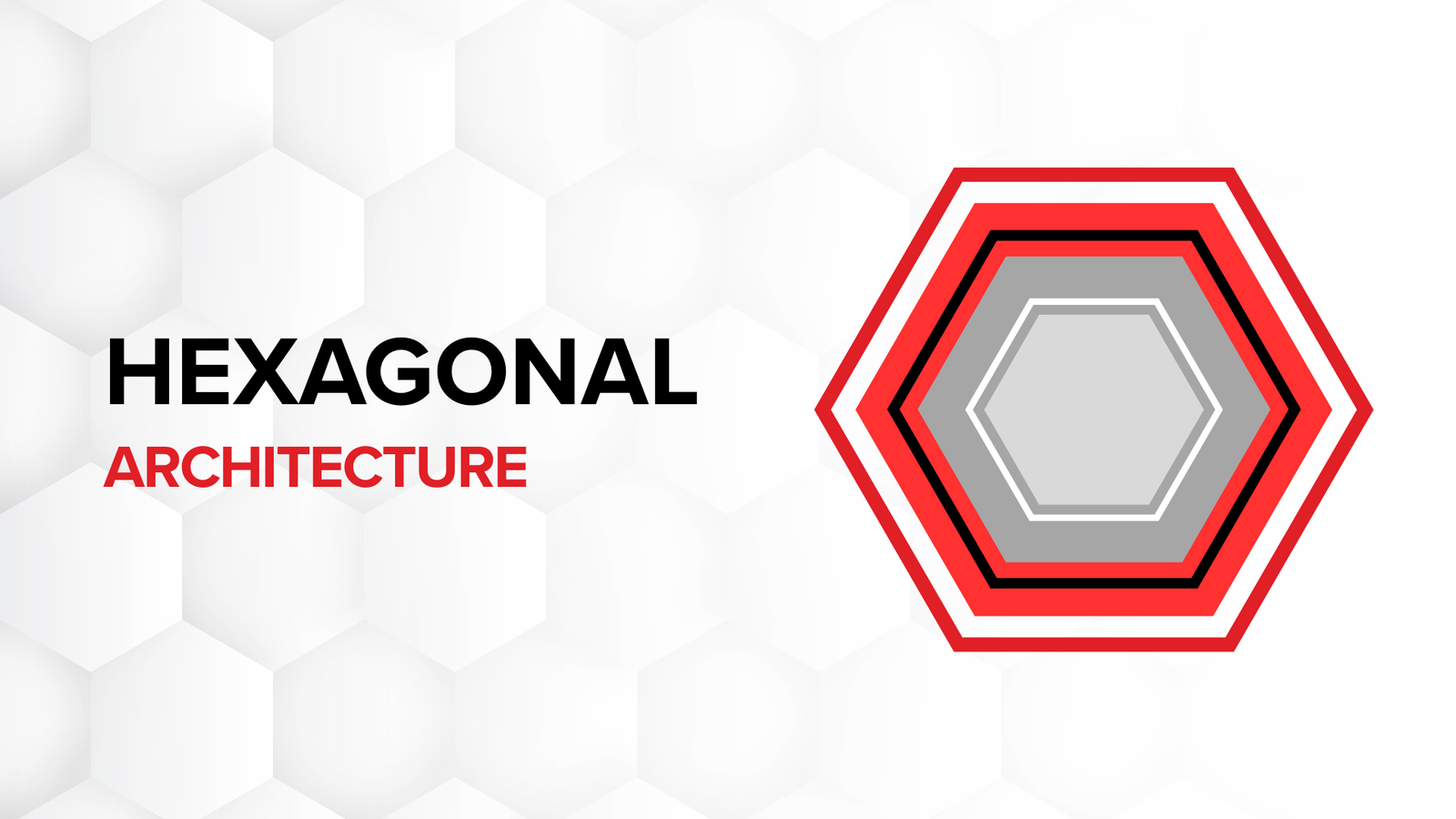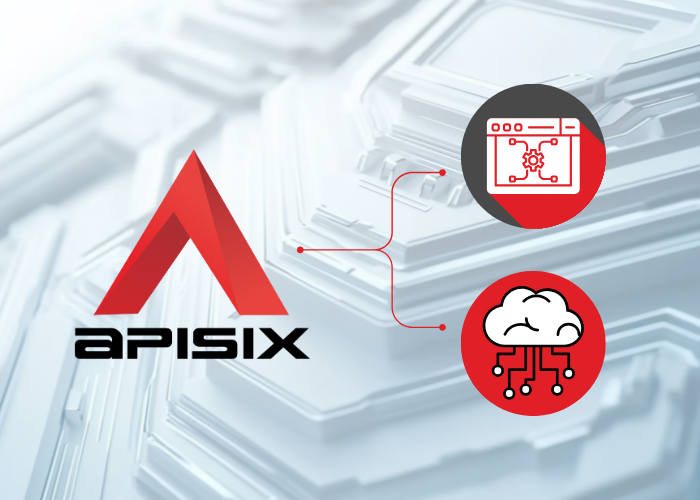Mergers, Acquisitions & Divestment
When considering the IT challenges of Merger and Acquisition activity, we can also consider divestment activity as it surfaces similar considerations. Logically, we should consider it as a set of organisational and technology integration/adoption challenges. Primarily, it is a business led activity that is or should be closely aligned to the Target Operating Model of the resulting organisation.
Benefits of doing it well


Protect the success of both operations
Follow a logical and efficient critical path
Achieve lowest ongoing TCO
Deliver a solid foundation for ongoing innovation
How to tackle mergers and acquisitions
Organisations that approach this well start with a business led target operating model. They then audit the foundational data and architecture to understand how it supports that model. All organisations subject to growth find themselves rationalising functional duplication in systems they have acquired over time. Understanding what will work, entails working backward from the desired end state.
The characteristics of the operational model define to a greater extent how the IT organisation should approach the challenge. Jeanne Ross defines four operational models:
Each model defines the extent to which we integrate systems vs adopt core systems and processes. However, the underlying activities of auditing what is there in IT terms and rationalising what start out as independent architectures is the same. Even when the end goal or target state is unification of IT there may well be significant integration required initially in the unification journey. That may well be followed by significant data migration activity.
The data and integration capability of the organisation are key to the success of an organisation looking to achieve one of these desired end state operating models. It takes time to rationalise the duplication of systems in mergers and acquisitions and contractual obligations with vendors often dictate the pace of the activity. Likewise statutory obligations on the organisation often drive priorities in terms of IT activity.
The organisation’s data and integration capability is generally what defines its ability to be successful in the journey. A mature integration capability function is able to bring the critical path of data in the organisation into focus. It assesses the strength of duplicated systems in integration terms and understands where the data models and processes intersect. The integration critical path between systems is fundamental to understanding which systems or technology are pivotal to the success of the organisation.
Warning: Array to string conversion in /home/yjotjtrw/public_html/wp-includes/general-template.php on line 185
Warning: Undefined array key "colour" in /home/yjotjtrw/public_html/wp-content/themes/chakray-2021/template-parts/quiz-banner/full-width-banner.php on line 6


Common mistakes
Being IT led in approach
One of the key mistakes organisations make during these projects is to be IT led without first having a clear business led Target Operating Model for the merged/acquired entity. This can lead to the organisation prioritising integration or adoption based on what’s most expedient or easiest rather than what the business needs.
Failure to sufficiently audit systems and processes
The way systems are used and the processes that underpin them are often key to what makes that organisation successful or even viable. The frequent assumption that what works for one organisation will work for the other, can quickly become a risk to the overall commercial viability of an acquired/merged entity. Adopting the processes and systems of a parent organisation has implications in terms of how employees are remunerated and the benefits they receive.
Rationalising investment based on technology cost rather than TCO
Where organisations have significantly different needs in process terms, what may look like a sound commercial IT decision to merge requirements into one implementation may become a very unwieldy implementation. The cost of two integrated systems serving logically the same need doesn’t always translate to being more than the cost of operating one. Organisations need to understand the total cost of ownership of each approach, not just the individual license/subscription costs.
Failure to establish solid data and architectural foundations
Loading more on top of a shaky foundation is an accelerated path to becoming overwhelmed. Likewise, assuming that data models or overall architecture doesn’t change, can significantly undermine your existing foundations. It’s easy to overlook where the smaller acquired entity has a superior architectural approach.


Why Chakray
At Chakray we work with organisations to provide and develop their data and integration capability. We help organisations lay the technology and architecture foundations that support their target operating models. This helps them to ensure the success of their merger, acquisition or divestment journey.
Get in touch
Talk to our experts
Contact our team to discuss your initiatives and find out how Chakray can help deliver your successful outcomes.
Get in touch










